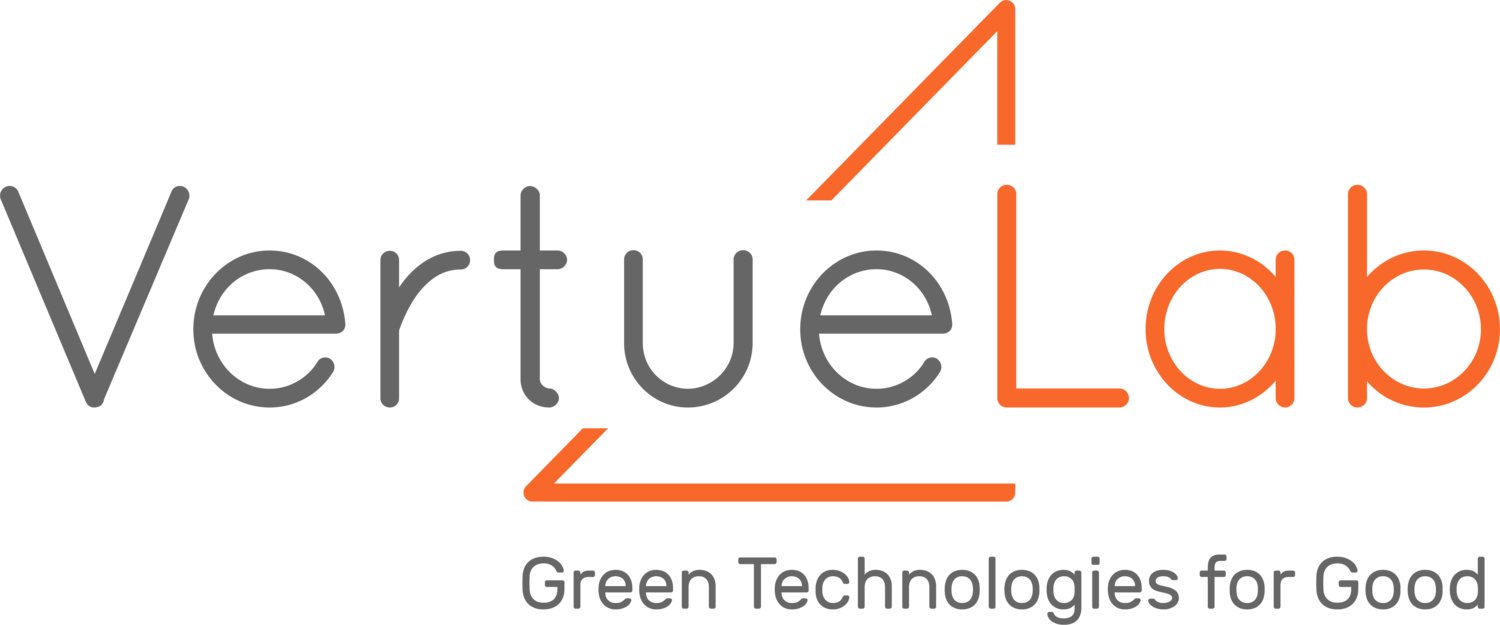Note: We ask republishing partners to include a pixel to help us measure story reach. The only information this tracker gathers is the publication domain and date, and view counts. For questions, email syndication@grist.org
Our goal at Grist is to tell stories about climate solutions and a just future. That means we love when other outlets share our work. If you’re interested in republishing this story online or in print, we just have a few requirements:
Credit us.
For the byline, we prefer Author Name, Grist. At the top of our stories, if on the web, please include this text and link: “This story was originally published by Grist. Sign up for Grist’s weekly newsletter here.”
Check the image requirements.
Photos sourced from Getty Images in our pieces can be republished as long as you credit both Getty and Grist in the caption. Outside of this, you can’t republish photographs or illustrations without written permission from Grist and/or the photographer.
Don’t change anything significant.
You can change the headline and/or subheading, but articles must be republished in their entirety. It’s ok to change references to time (“yesterday” to “today”) or location (“Iowa City, IA” to “here”). If you really think changing the story with additional localized copy would help, please contact us directly and we can discuss the change. We must approve the change before it goes live.
Don’t sell our stories.
We also ask that you don’t sell ads specifically meant to be placed in our stories. If you already have ads populating on your site, that’s completely fine.
Keep in contact.
Let us know if you republish our content! As a nonprofit news site, tracking the impact of our reporting and analysis is crucial. We’d love to hear more about how the work was useful to you and your outlet. And on the off chance that we ask you to remove the story from your site or apply a correction, please do so.
Use best practices for sharing.
If you do share the story on your social media accounts, we’d love it if you tagged Grist’s accounts:
- Twitter: @Grist
- Facebook: @Grist.org
- Instagram: @Grist
